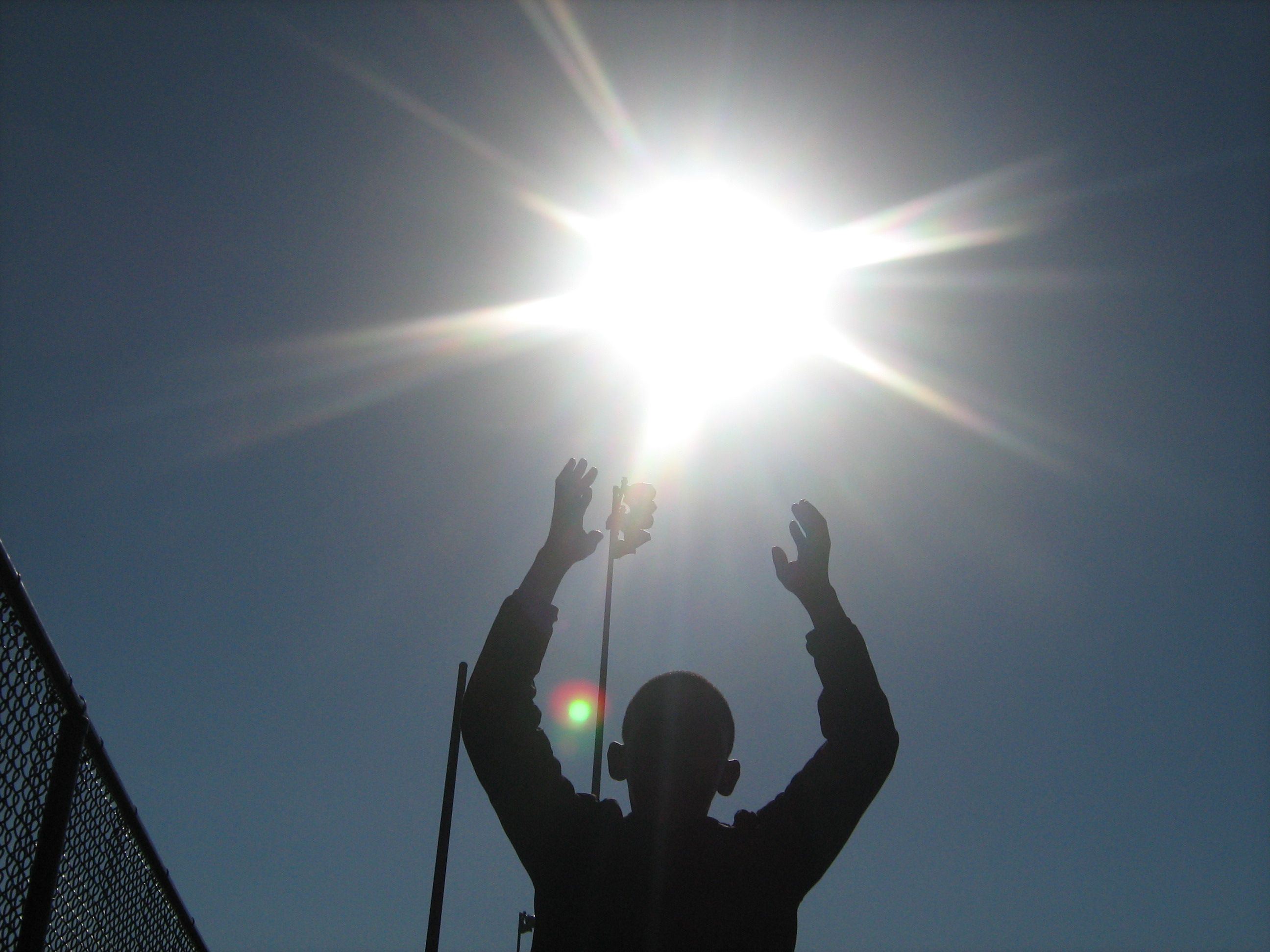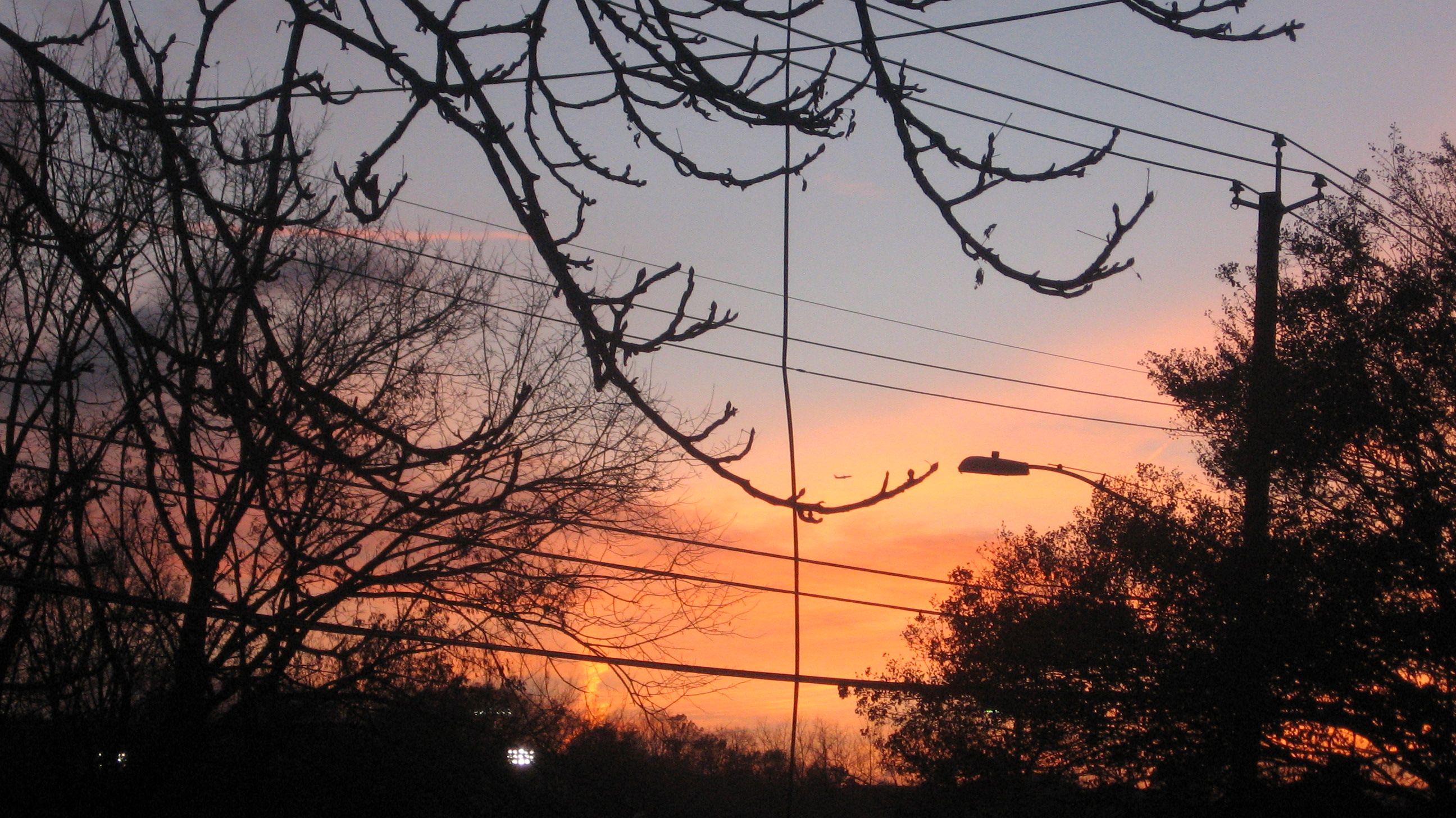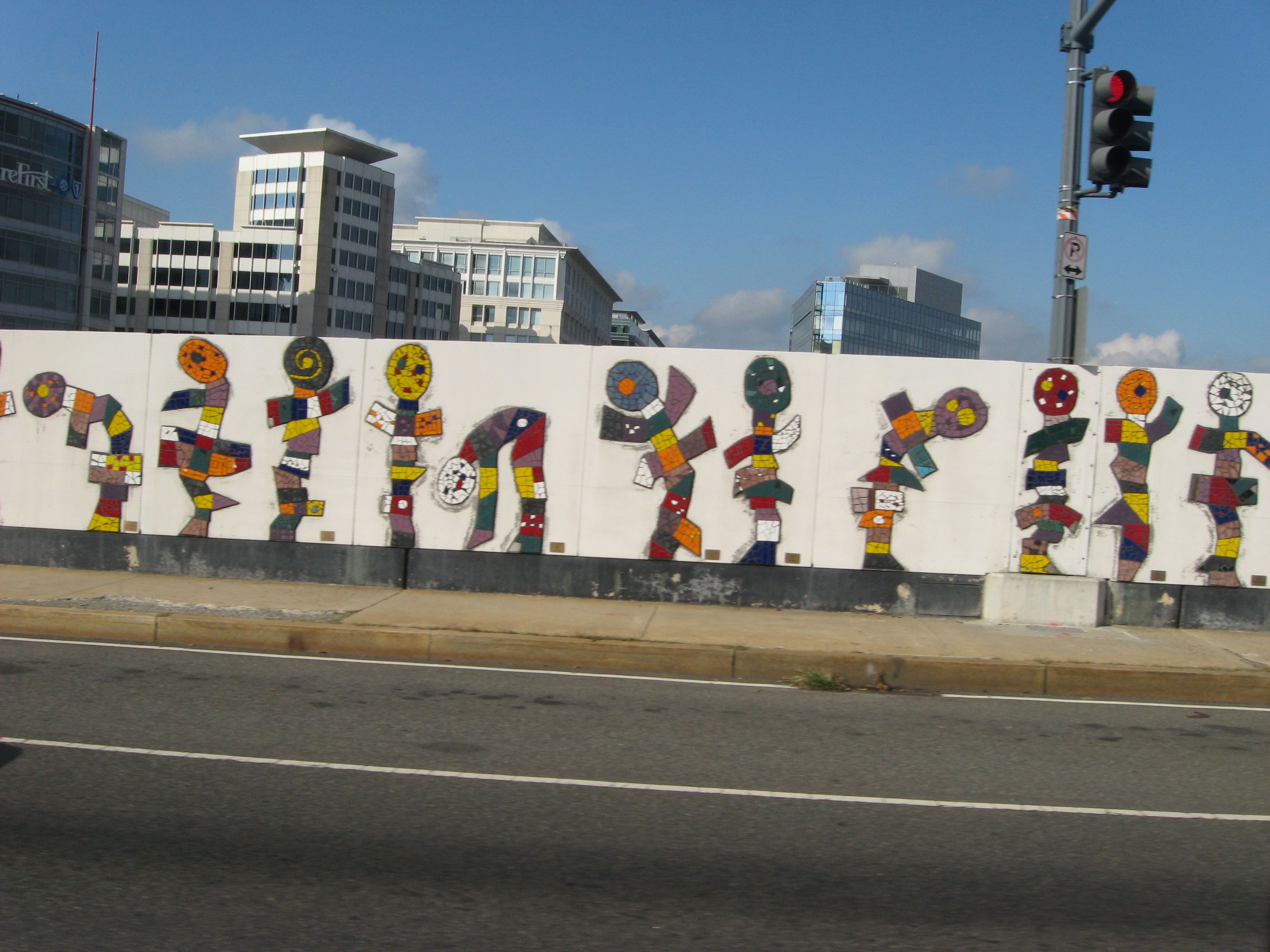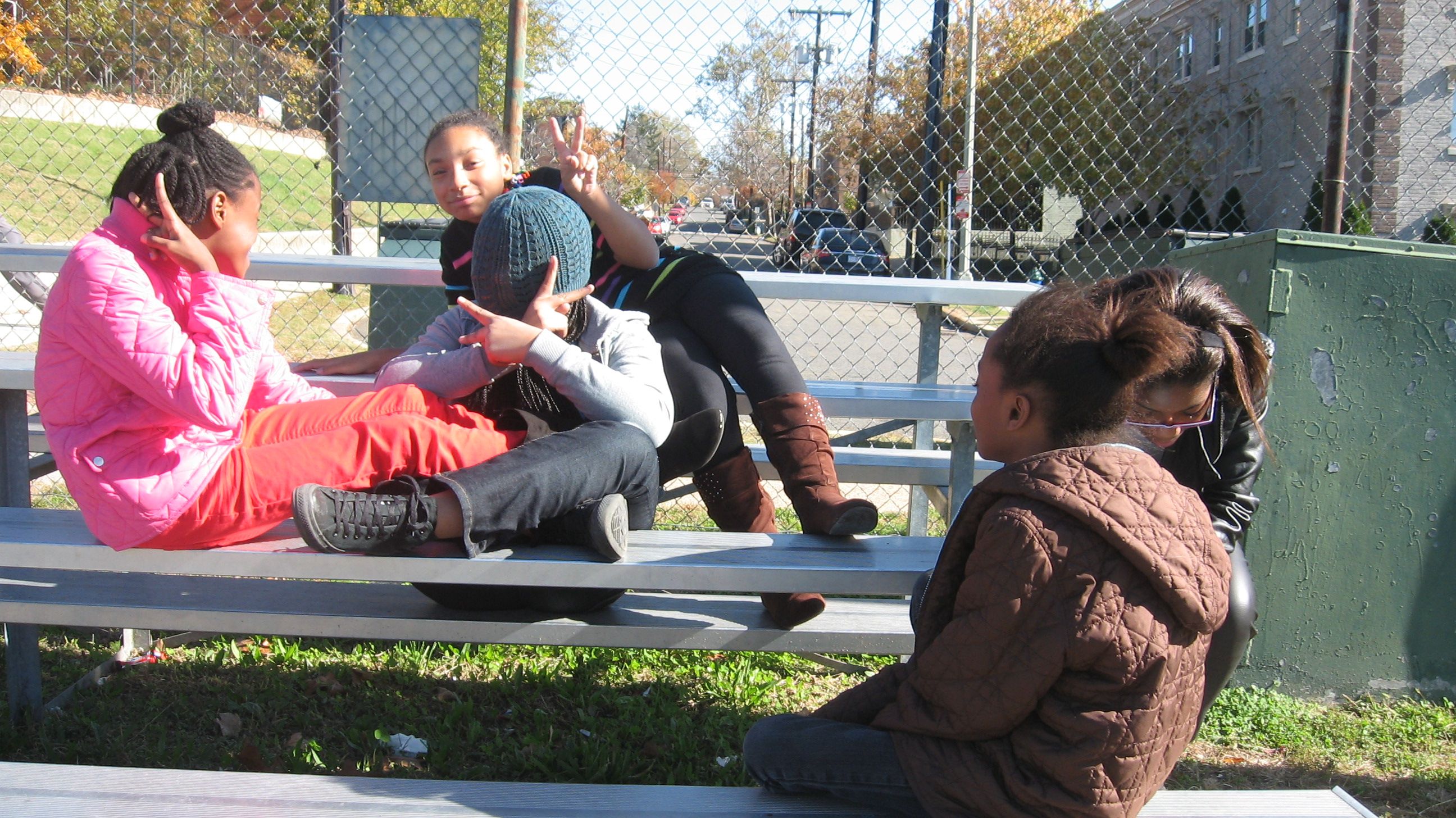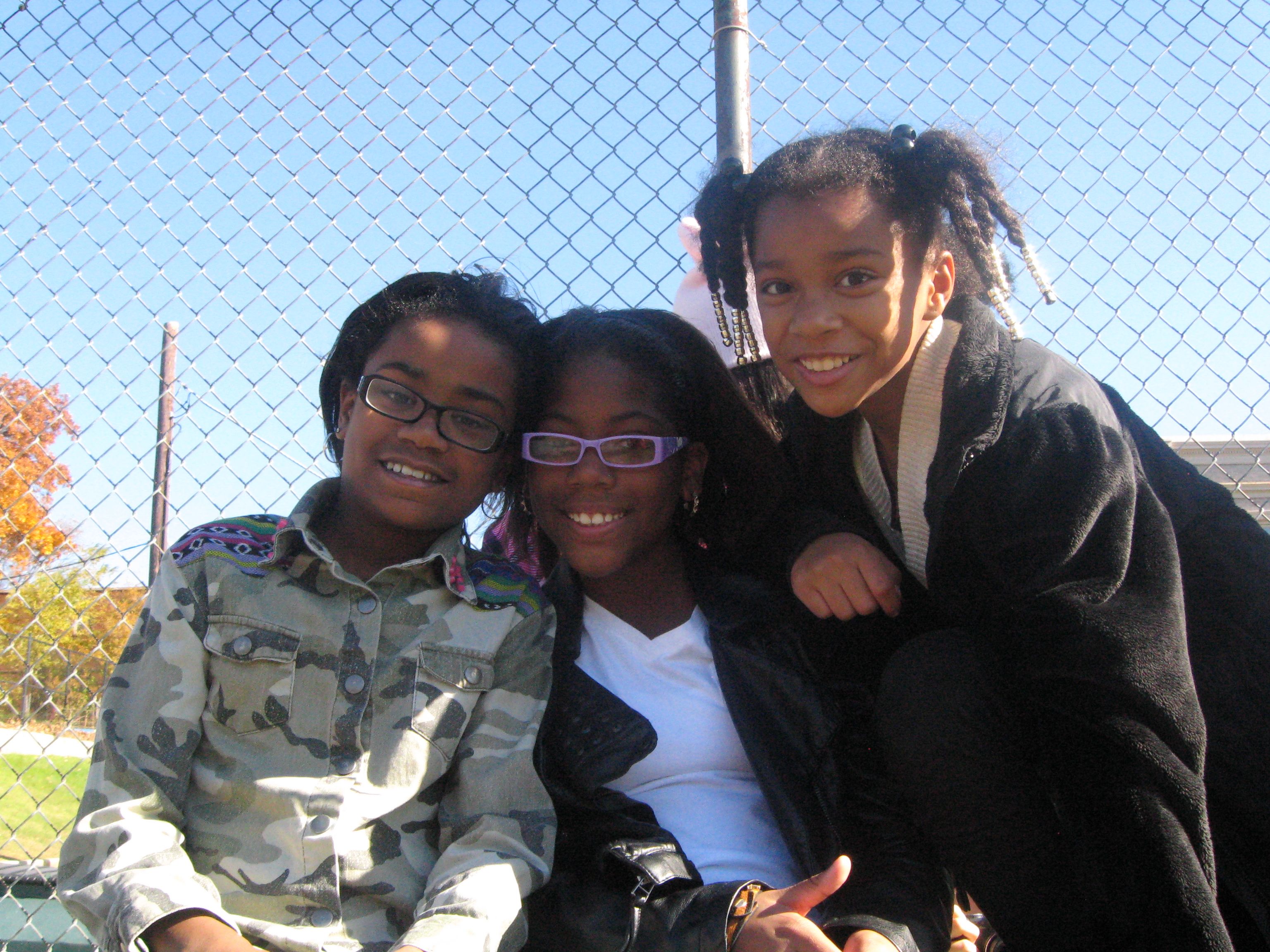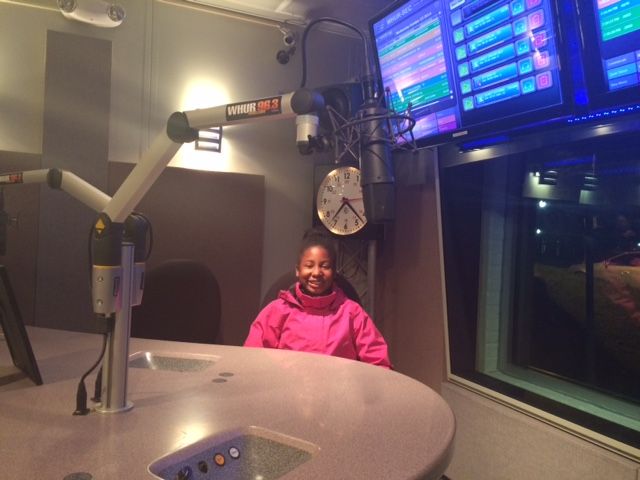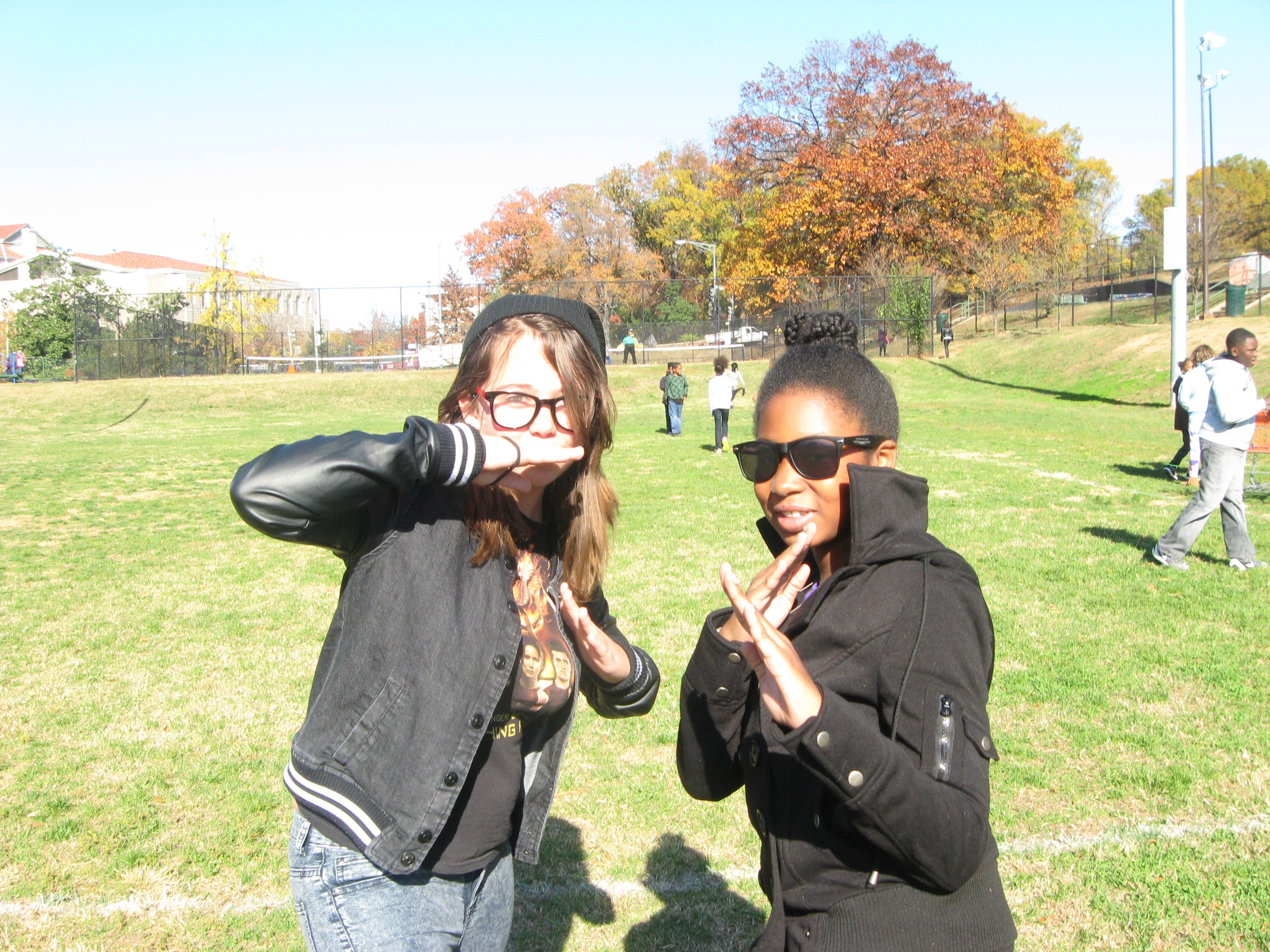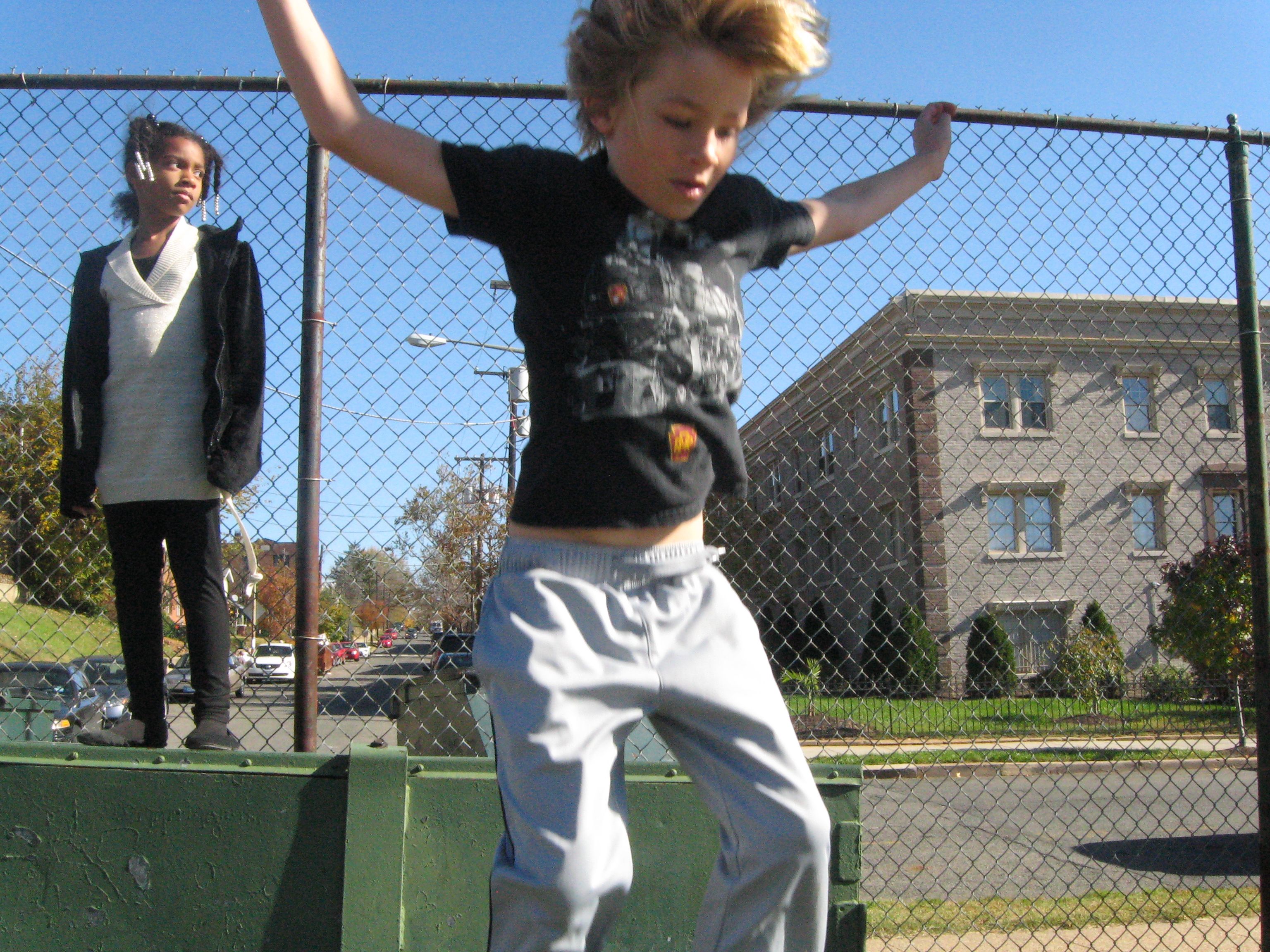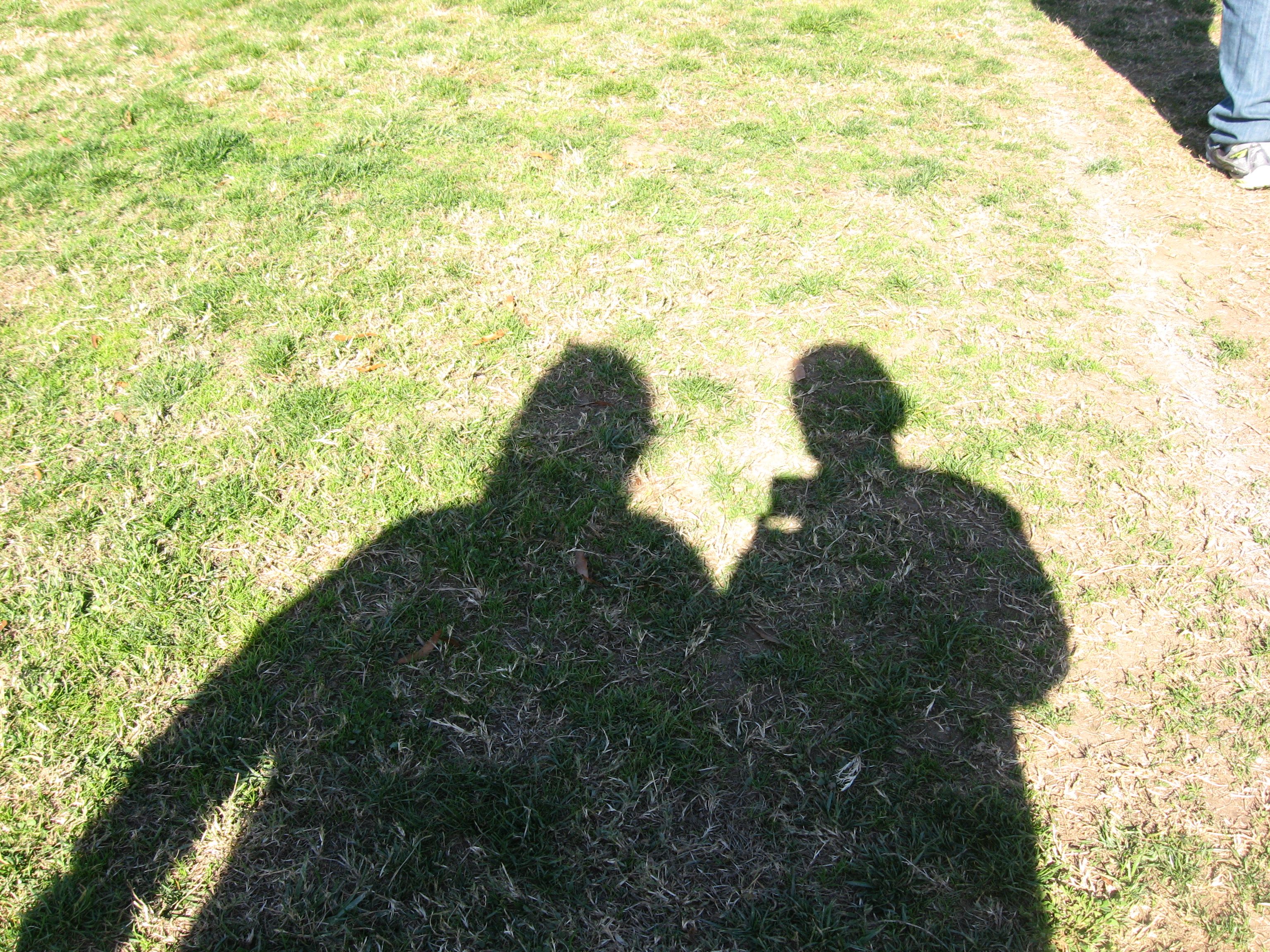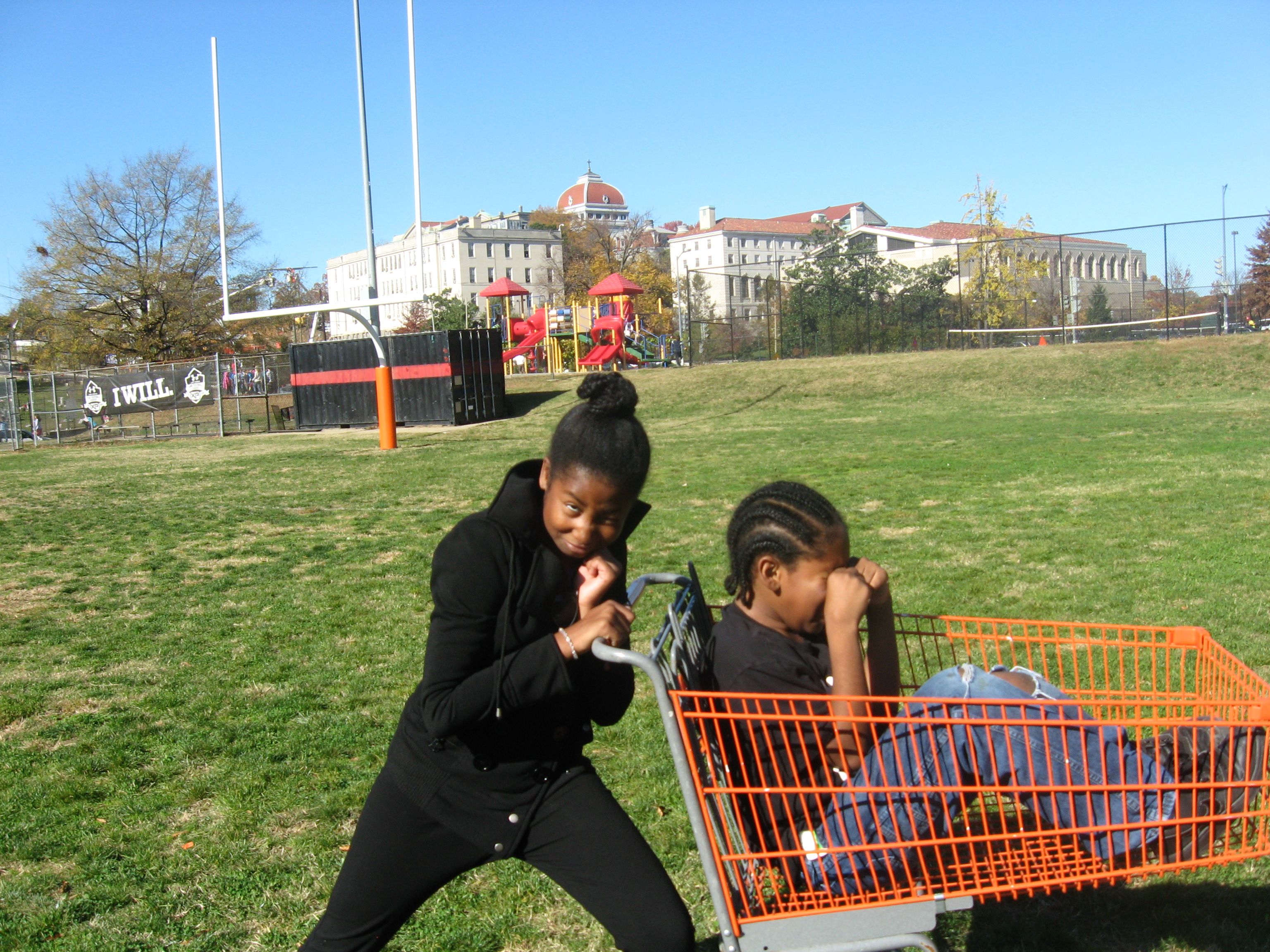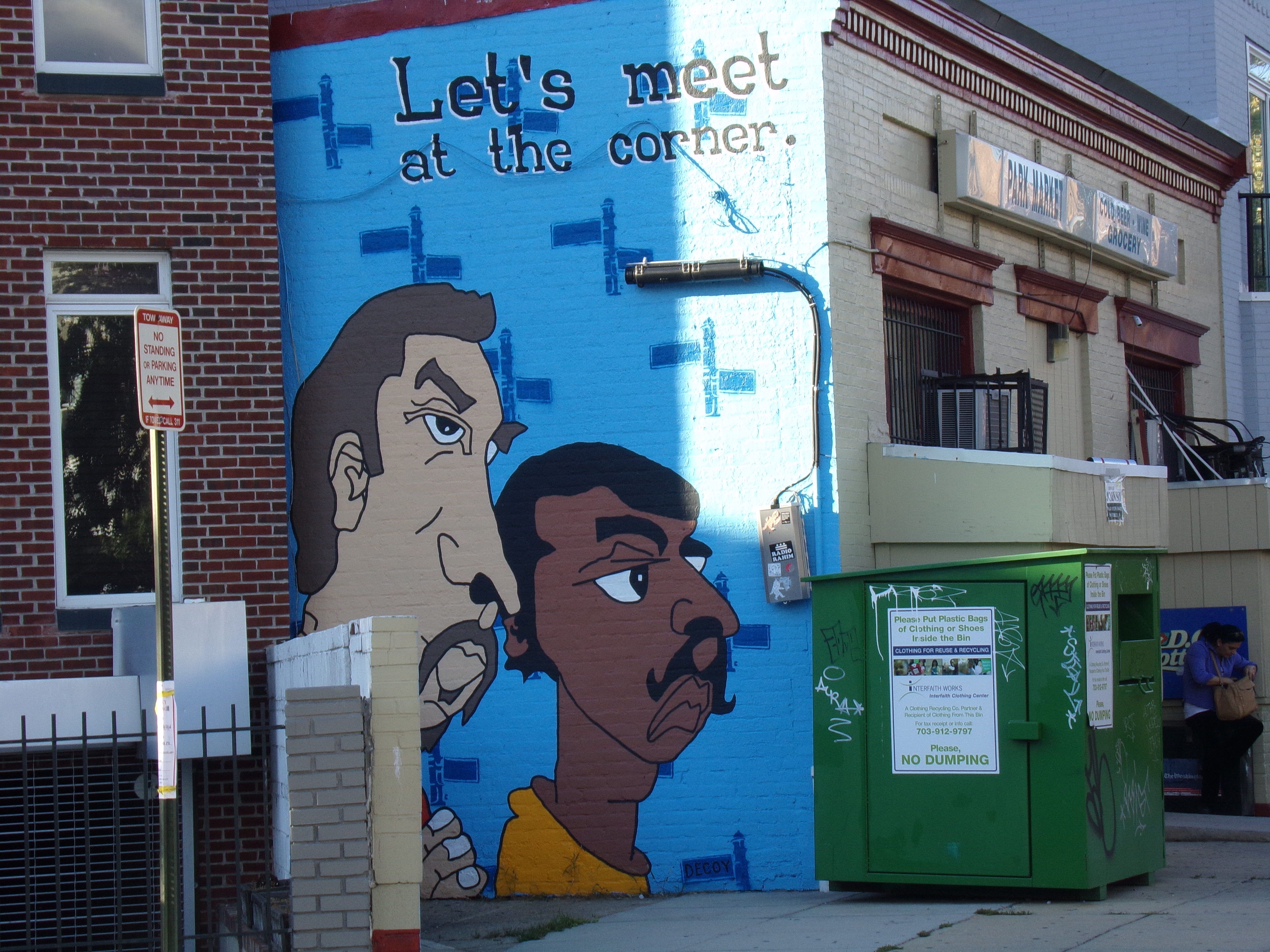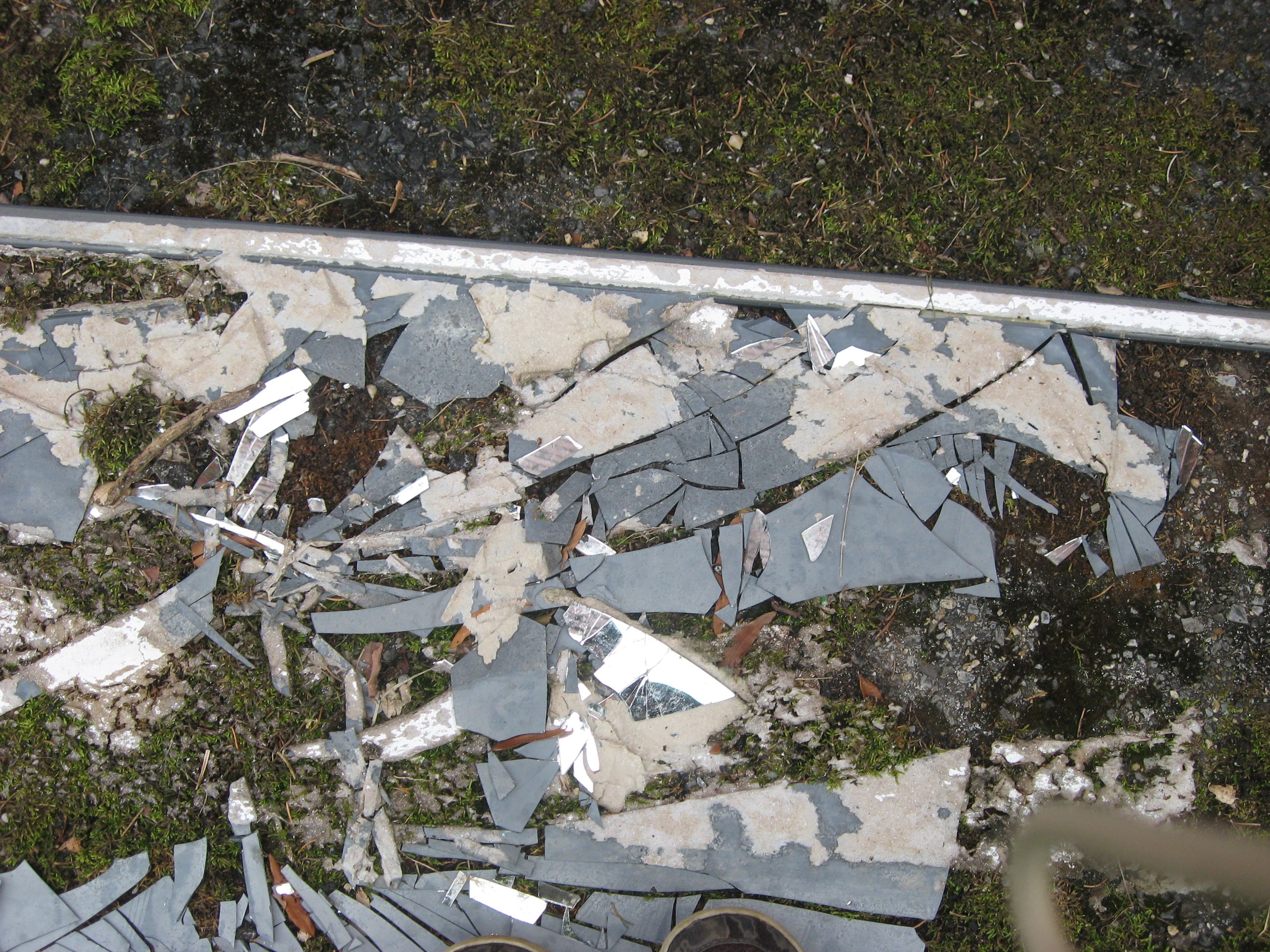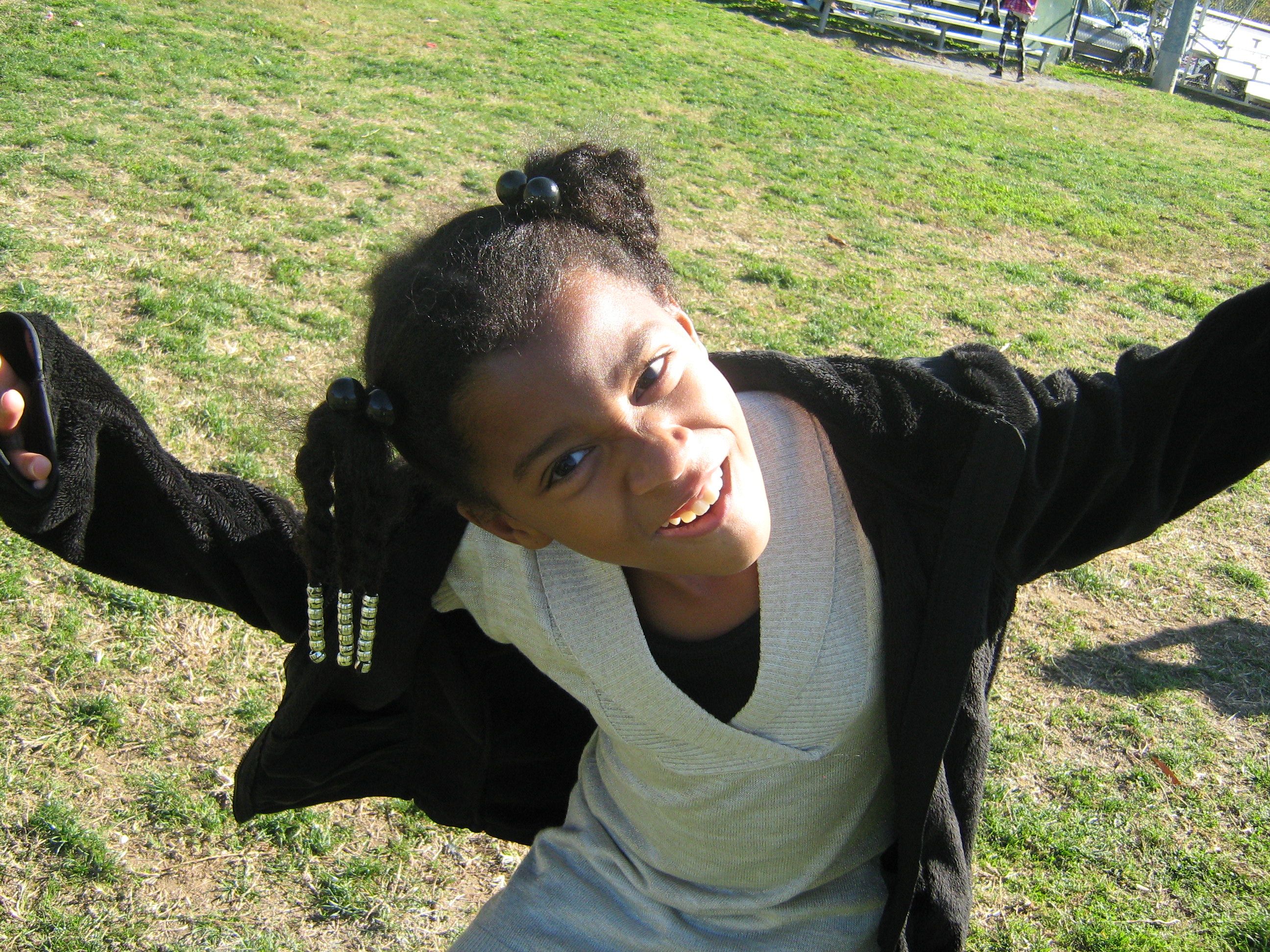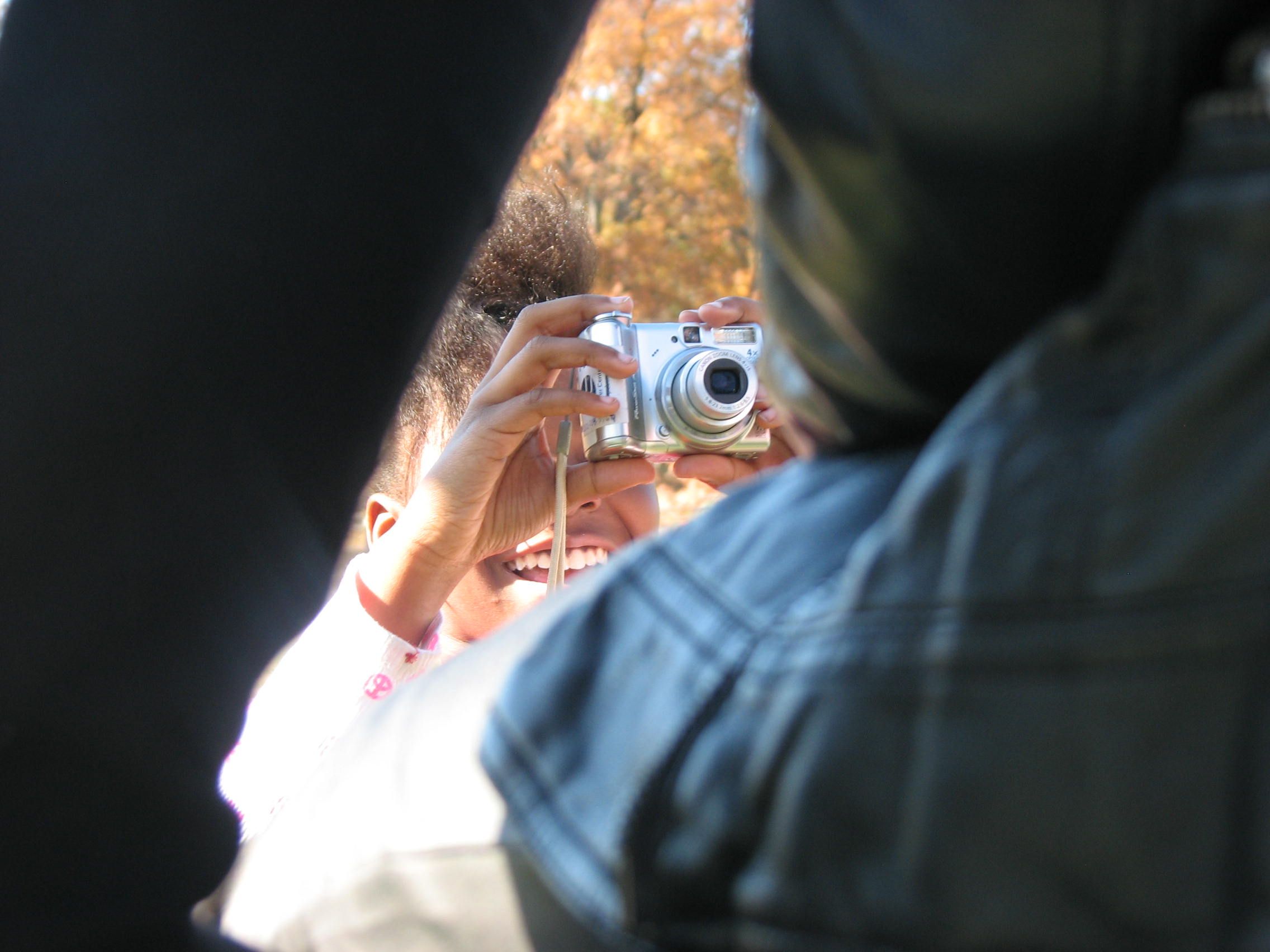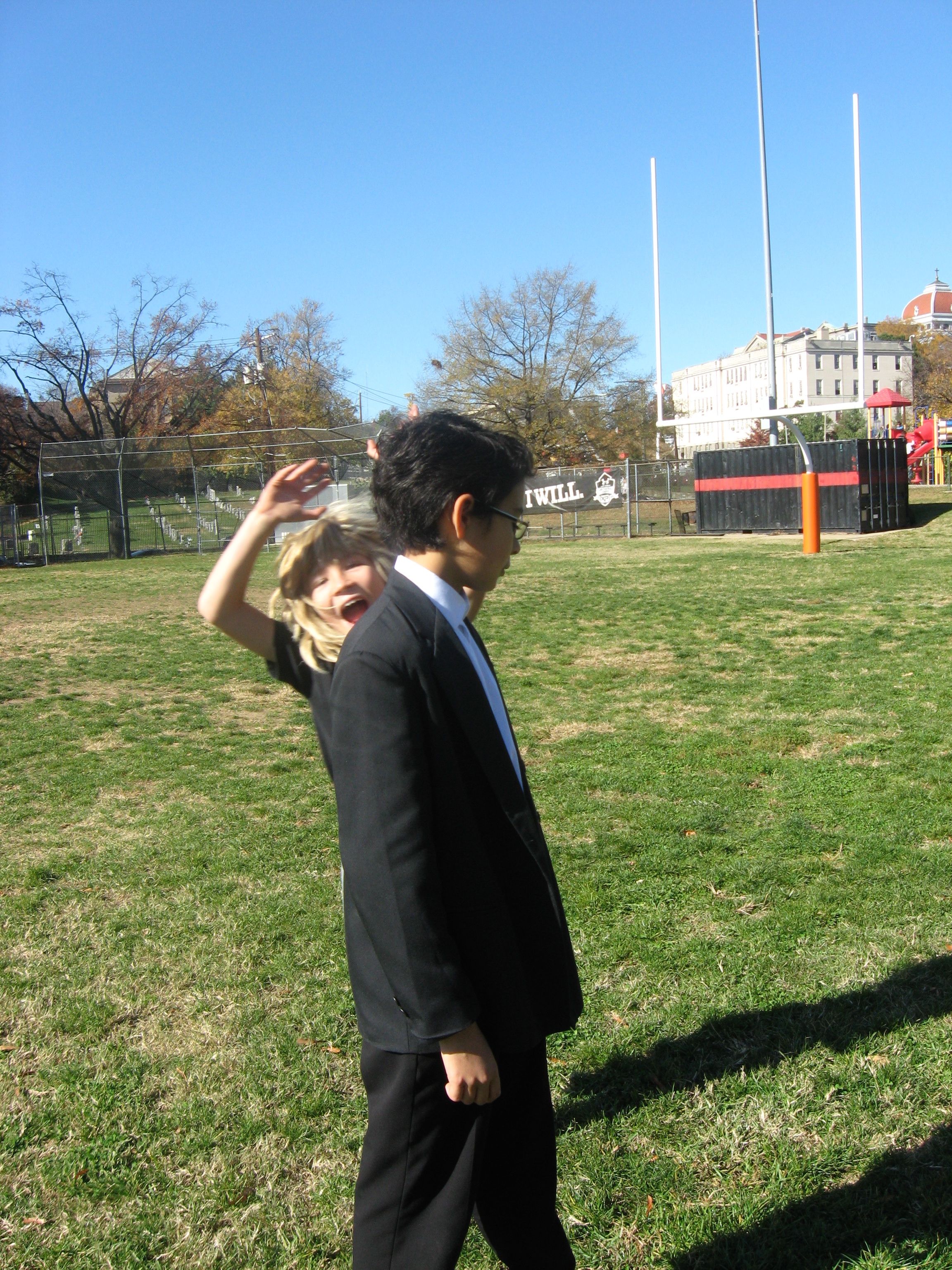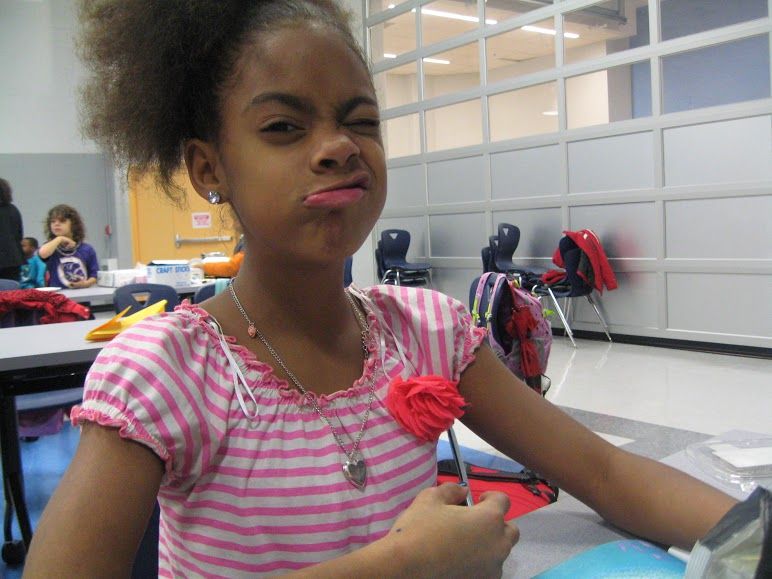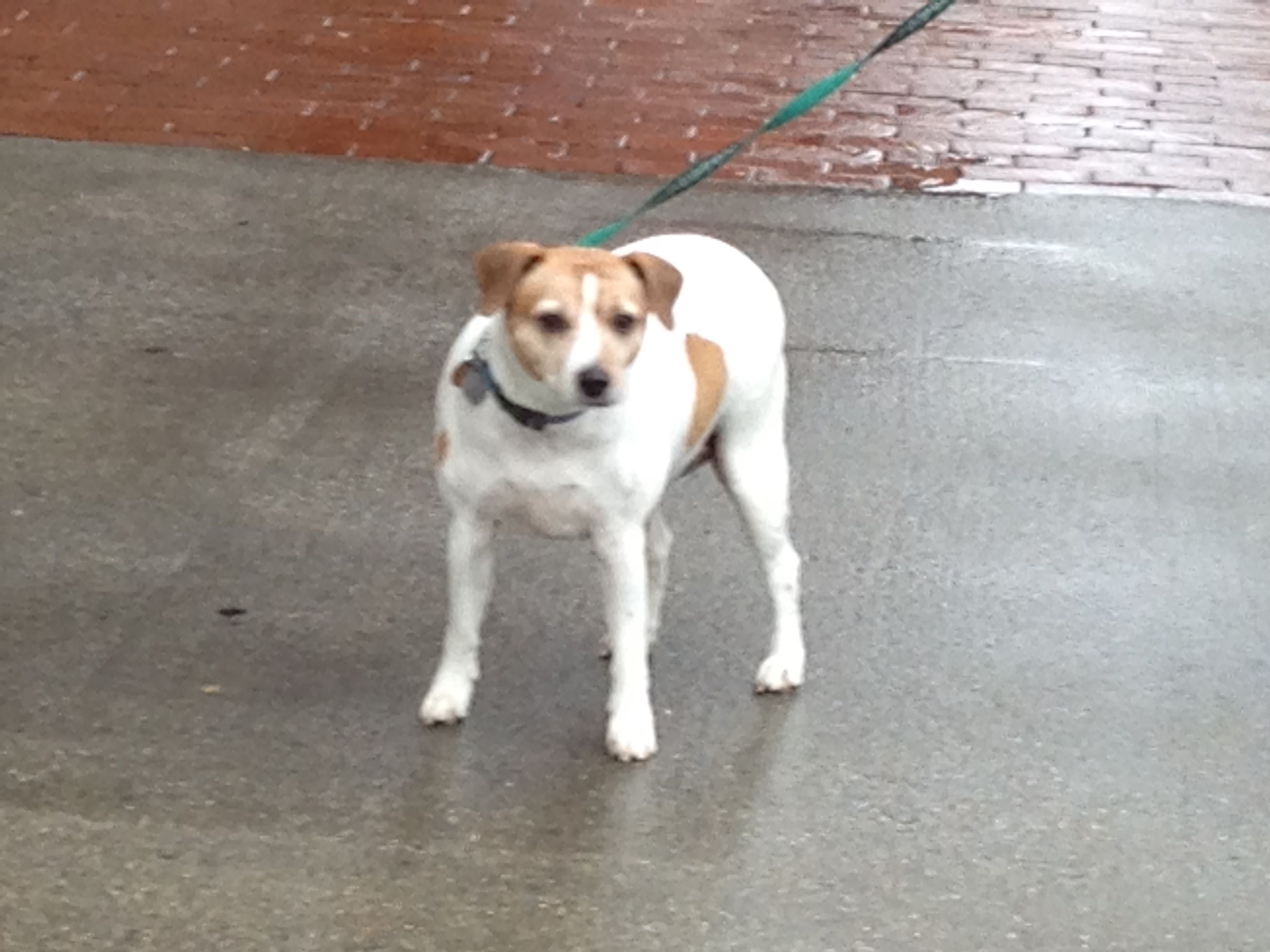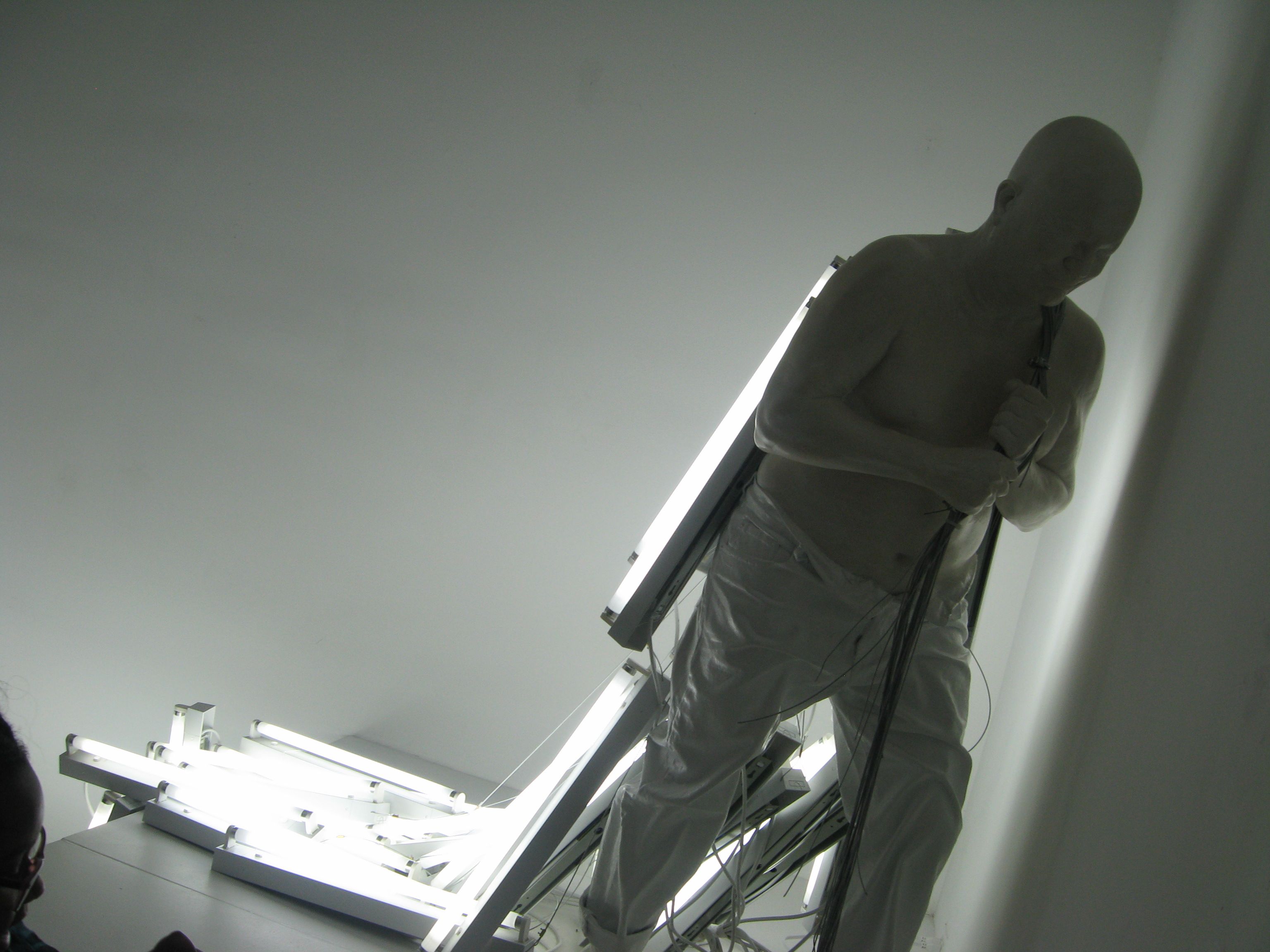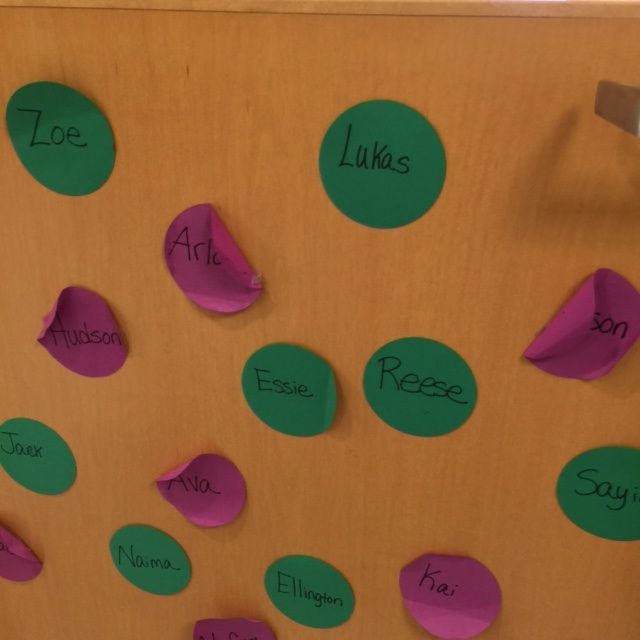In 2012, Pulitzer Center grantee journalists Austin Merrill and Peter DiCampo founded the photo-sharing initiative “Everyday Africa" to provide a counter to Western media stereotypes of Africa.
As Everyday Africa’s popularity took off around the world, Austin and Peter quickly realized its education potential to support students in identifying the gaps in media coverage of their own communities, and creating their own media to fill those gaps.
Last fall fifth and sixth-grade students and their teachers from the Inspired Teaching Demonstration Public Charter School in northeast D.C. participated in a series of photography, visual and cultural literacy workshops led by DiCampo, Merrill and fellow Pulitzer Center grantee and Everyday Africa contributing photographer Allison Shelley. That series culminated in a January 2015 exhibition, curated by Pulitzer Center special projects coordinator Jin Ding. Each student chose and captioned a photo he or she had taken during the course of the workshops.

“Snowfall: Bird's-Eye View." Taken on January 21. In this workshop I learned that you can take any picture of anything and make it wonderful. Image by Kayla, 2015.

“Outside." In this workshop I learned how to take pictures on a phone. Image by Alonzo, 2015.
In the spirit of virtual photo-sharing, check out the photos and captions the students exhibited at the Pulitzer Center. Also check out our write-up from the event, and more of the students' photos on Instagram at @everydaydc.
Sincere thanks from all of us at the Pulitzer Center to Latisha Coleman, Costia Karolinski, Shaka Greene and the faculty and staff at the Inspired Teaching School; to the D.C. Arts and Humanities Education Collaborative; to the student photographers and their parents; and to our grantees Austin Merrill, Peter DiCampo and Allison Shelley.
